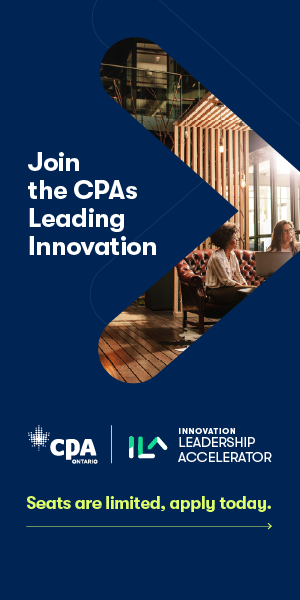How Canadian accounting firms are maximizing profitability
Referrals are still key revenue drivers; fixing inefficiencies is key to cutting costs
TORONTO, August 7, 2018 – In the ongoing battle to attract new clients, Canadian accounting firms still rely on referrals and traditional methods of marketing. That’s just one of the business insights revealed in the 2018 Accounting Operations and Technology Survey of sole practitioners and small to medium-size (SME) public practices from K2E Canada.
Attracting new clients is the top challenge of sole practitioners and SME firms today. It was listed as the foremost challenge by 10.8 per cent of sole practitioners and 14.8 per cent of firms with 11 or more partners. Small firms of between four and 10 partners, however, report that the recruitment and retention of employees is more of a challenge, suggesting larger firms are poaching highly skilled staff from smaller firms.
Other challenges include the management of workflow, technology knowledge and decision-making, profitability and practice savings. “The responses to the question are a list of contradictions,” write technology analyst Alan Salmon, the survey’s author. “For example, attracting clients is at the top of the list and social media presence and marketing are near the bottom.”
Indeed, fewer than three per cent of all practices consider marketing, social media and their websites to be a challenge, perhaps reflecting that they outsource all general marketing to third-parties or do not invest in marketing at all. “What is evident from the list,” writes Salmon, “is that firms need to seek out professional assistance in the areas of marketing and technology.”
 |
Accounting Operations and Technology Survey, K2E Canada 2018. (salmon.ca) |
Generating revenue through new clients
The three most important factors in real estate? Location, location, location. The three in public practice? Referrals, referrals, referrals.
Ninety-seven per cent of practices cite referrals from current clients as a source of new clients. Almost half cite professional partnership referrals. But the emphasis on referrals decreases as the number of firm partners increase, as advertising, website marketing, and community networking bring new clients.
(Sole practitioners rely overwhelmingly on referrals — mostly from current clients — to bring in new business. Perhaps it’s not surprising that one-fifth of all sole practitioners still rely on face-to-face meetings with clients and prospects as their means of communications — good client relations is crucial to long-term success.)
The most effective means of generating revenue, according to practitioners themselves, is to team up with other professionals (e.g., insurance agents, financial planners) for referrals, and to up-sell existing clients on other services. Naturally, the larger the firm the greater the number of services, making the up-sell very effective for firms of 11 or more partners.
As firms grow, you see a greater emphasis on marketing and social media (as a form of marketing). Virtually three-quarters of all sole practitioners and SME firms have LinkedIn and Facebook accounts. Almost half of all accounting firms with six to 10 partners have a Twitter account.
Finally, more than half of all firms with 11 or more partners plan a merger or acquisition in the future, with 44 per cent planning M&A activity in the next 12 months. (Sole practitioners, according to the survey, show little interest in M&A.) Admittedly, the sample size is small. Of the 2,535 Canadian accounting and bookkeeping professionals surveyed, 56 per cent worked in accounting and just three per cent of those worked in firms of 11 partners or more. Nevertheless, the response mirrors an ongoing consolidation in the industry and robust M&A activity.
Cutting costs by fixing inefficiencies
Canadian accounting firms tend not to penalize salaried employees in their drive to maximize profitability. Cutting back or eliminating professional development, freezing salaries and reducing staff are rarely effective according to practitioners. Instead, practitioners will examine the firm for technology, process or workflow inefficiencies, and resolve them, according to survey respondents.
“If changing workflow and technology is the most effective it is surprising that staff development is not ranked higher,” writes Salmon. “To get the best ROI from changes in workflow and technology would require staff training and development.”
Not surprisingly, working from home is a significant cost cutting measure for sole practitioners, whereas reduction in office space is a strategy used by larger firms.
Finally, accountants love a good bargain; even better, getting something for free. Hence, the widespread use of credit cards for paying suppliers. More than three-quarters of all firms use credit cards, followed by cheque (69 per cent) and electronic fund transfers (41 per cent).
How to explain it? “Everyone is collecting points making credit card the clear leader followed by the old standby of cheque,” writes Salmon. “Interestingly electronic payment methods combined have more users than those of cheque. An opportunity exists for firms to take their own use of electronic payments and promote, train, and migrate clients to using it.”
The “Accounting Operations and Technology Survey” can be purchased directly from Alan Salmon & Associates at www.salmon.ca. Colin Ellis is the managing editor of Canadian Accountant.










(0) Comments